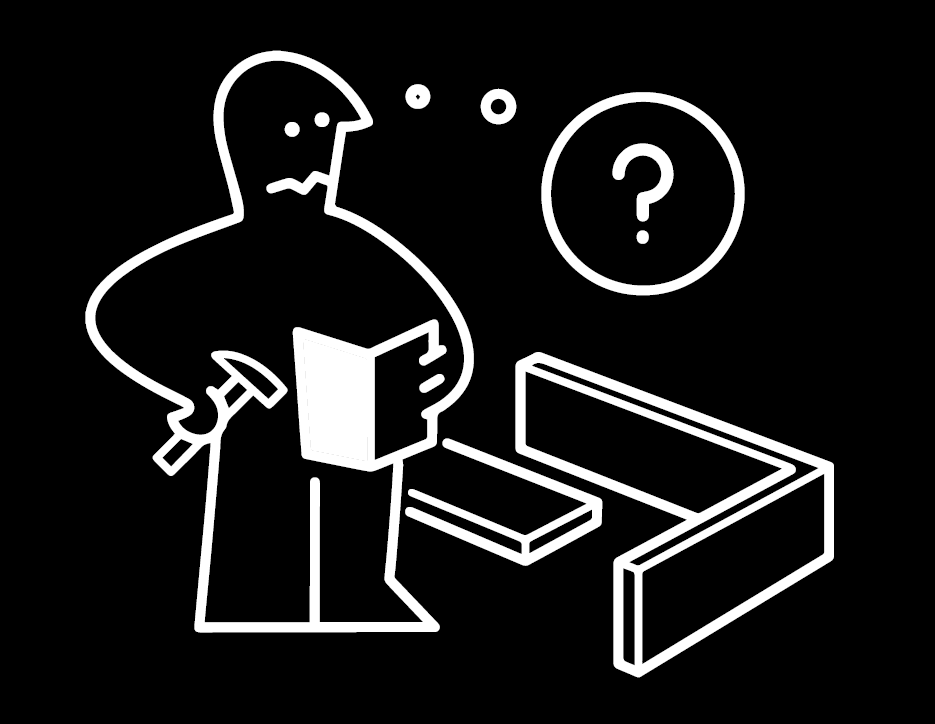Too much like hard work
The Oxford University-based website Our World in Data is a reliable source of joyous surprises. Its work on work, for example, reveals that people in hunter-gatherer societies do far less of it than we do. Somehow, the Hiwi from Venezuela, who achieve “high returns from each hour of work”, put in just two hours of foraging graft per day.
Contrast that with the UK daily average – for full-time workers aged 16-64 – of 8.8 hours. Still, at least that is less than the burden borne by our 19th-century predecessors, who toiled for some 20-30 hours more every week. As hourly productivity has gone up, total hours worked have come down.
Paid work isn’t the whole story, of course, since much of life’s daily grind takes place in the home: cooking, cleaning, laundry. Here the curve on the graph is even more spectacularly downward – from 58 hours weekly at the turn of the 20th century to 7.4 hours today.
We may not yet be up there with hunter-gatherer levels of freedom but the trajectory is firmly set that way, with less need to work and more time for leisure than ever. Or so the data shows.
Why, then, do many of us feel so frazzled all the time? Why is the routine of simply making it to the end of the day a constant feat of juggling and multitasking? Too much digital distraction? Exercise-inducing vanity? A surfeit of TV plotlines to keep on top of?
Point the finger at something closer to home: consumption. Products. Brands. The stuff our industry puts out there, and the onerous commitments that come with it. What marketers fondly call “the customer experience” increasingly translates into unpaid customer drudge.
When was the last time you attempted to extricate a razor from its stiff celluloid packaging or, as Terry Wogan once put it, “tried to break into a toothbrush”? You tear away at first with your bare hands. Rookie error. The kitchen knife you reach for next slides mockingly off the surface. After some minutes, it dawns that you will need tools of far greater more sophistication and cutting edge than the one you are trying to remove. Oxyacetylene, perhaps.
 If a razor costs minutes, furniture costs days. Ikea has put unpaid customer labour – what entrepreneur Stelios Haji-Ioannou calls “outsourcing to the consumer” – at the heart of its business model. It may purport to sell its customers a table but what they actually get is a sheet of laminated chipboard, four legs, a bag of screws and a page of hieroglyphics. Even if you value customer labour at the minimum wage, it is moot whether the low purchase price ever compensates for the time expended.
If a razor costs minutes, furniture costs days. Ikea has put unpaid customer labour – what entrepreneur Stelios Haji-Ioannou calls “outsourcing to the consumer” – at the heart of its business model. It may purport to sell its customers a table but what they actually get is a sheet of laminated chipboard, four legs, a bag of screws and a page of hieroglyphics. Even if you value customer labour at the minimum wage, it is moot whether the low purchase price ever compensates for the time expended.
True, there may, for some, be a glimmer of satisfaction to be gained from the construction of a physical item, even if it has meant kissing goodbye to two weekends. But much of what consumers are expected to do on behalf of the brands they fork out for consists of just sitting there in torpor, hanging on, waiting their turn for the contact centre’s attention. This might not strictly be working but it isn’t quite living either, inducing an ennui that brings to mind W H Auden’s line: “Vaguely life leaks away.”
All marketers are consumers too, so why, when planning their own customer journeys, do they keep making them harder and more frustrating? Why do airlines require you to “untick” the extras you don’t require? Why can it involve, as McKinsey recently reported, “18 separate customer touchpoints” to switch energy supplier? And, hey, Hello Fresh – I’m singling you out here because I’m the customer and this was my experience. Why do you make signing up a two-click doddle but saddle me with a byzantine, unguided process to put the order on hold for a couple of weeks?
I have worked with marketers in all kinds of categories, but I don’t think I have ever known one who has doggedly and personally completed the whole potential customer journey, venturing down all the tricky byways like putting in a temporary change of address and witnessing the chaos that ensues.
Conversely, I have lost count of the brainstorms where marketers volunteer the idea of an online tool or support group, without ever imagining, let alone assessing, the steps customers would need to take to derive any value from it. In the digital sphere especially, benefits are apt to be exaggerated and customer effort overlooked.
At its best, work is a noble thing – an enriching part of a fulfilled life. All the portents are that it will be more like that in the future. That said, for some, it will never be more than a means to an end, a transactional life necessity.
Either way, brands have no business adding to the list of life’s dreary, unpaid chores. It’s marketers who should be putting the extra hours in, to ensure that our customers don’t have to. We have no right to freely gather their energies or remorselessly hunt down their time.
Service stations have long been no-service stations. The idea was pioneered in 1964, when John Roscoe, a gasoline station owner in Westminster, Colorado, flipped the switch activating the world’s first self-service pump.
According to a survey by Opinion Matters, people spend about four days a year waiting at home for deliveries to arrive, and 80% of customers have had to go to the depot to pick up their parcels.
When Lloyds and TSB split, some customers were automatically assigned to move to TSB. Those who wanted to stay with Lloyds were forced to reapply for a new account, providing passport and proof of address – even if they’d been a customer for 20 years.
Nespresso was supposed to make coffee so simple. Then it became clear that the pods were a potential environmental disaster. So now customers need to bag them in a special wrapper and hike to their nearest Nespresso recycling centre to dispose of them.
In a Guardian piece entitled “Loser-generated content”, satirist and broadcaster Charlie Brooker observed: “TV advertising used to work like this: you sat on your sofa while creatives were paid to throw a bucket of shit in your face. Today, you’re expected to sit on the bucket, fill it with your own shit and tip it over your head while filming yourself on your mobile.”
